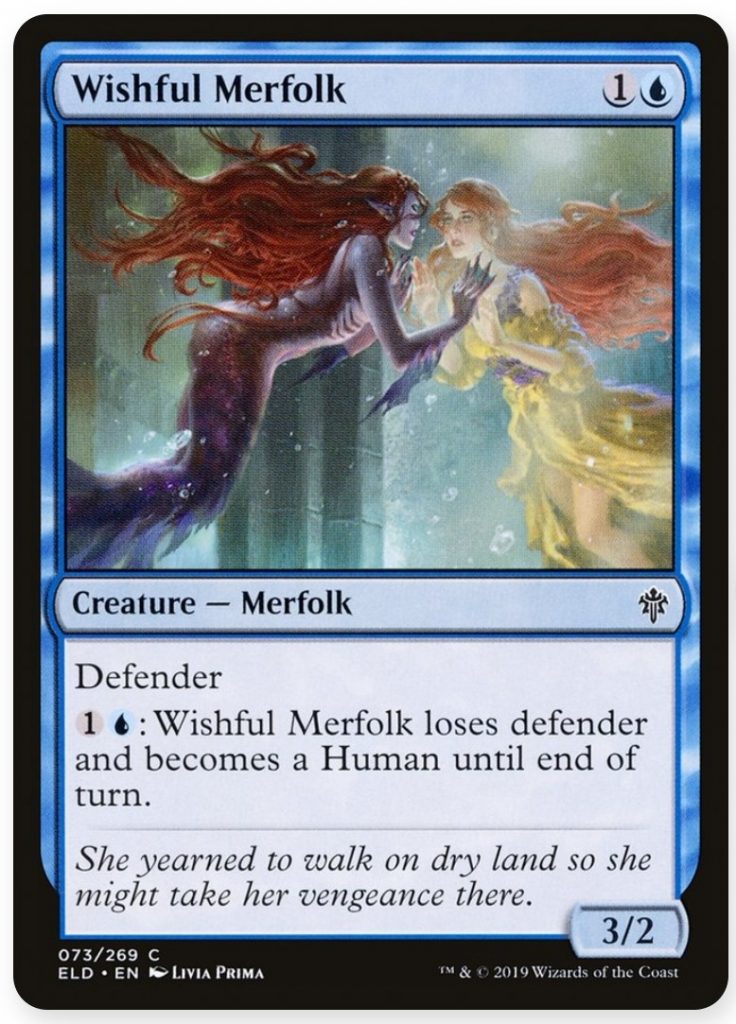“Ladies and gentlemen,” the captain said in a low voice that was slow and a little tired. “you have five minutes to withdraw.”
The redoubled hooting and shouting drowned out the bugle call that announced the start of the count. No one moved.
Five minutes have passed,” the captain said in the same tone. “One more minute and we’ll open fire.”
The above is a passage from the famous Spanish-language novel One Hundred Years of Solitude. In the aftermath of this, there was a massacre that killed three thousand people. If we do not know any period background or cultural background of the author (Garcia Marquez), we will find this episode very sudden and difficult to understand.
But when we learn something about what happened in the development of Colombia, we understand the author’s meaning. In the 1920s, after World War I, Colombia’s economy began to boom and grow. In 1928, the banana growers and pickers went on strike until the end of the year. More than 20,000 workers demanded improvements in their working conditions and economic situation. The managers of the company saw the ripe bananas rotting in the ground unpicked and finally turned to the Colombian government, leading to the massacre in the central square of Cienaga.
In this way, Marquez reflects the time in a way that we cannot know simply through formalism.

